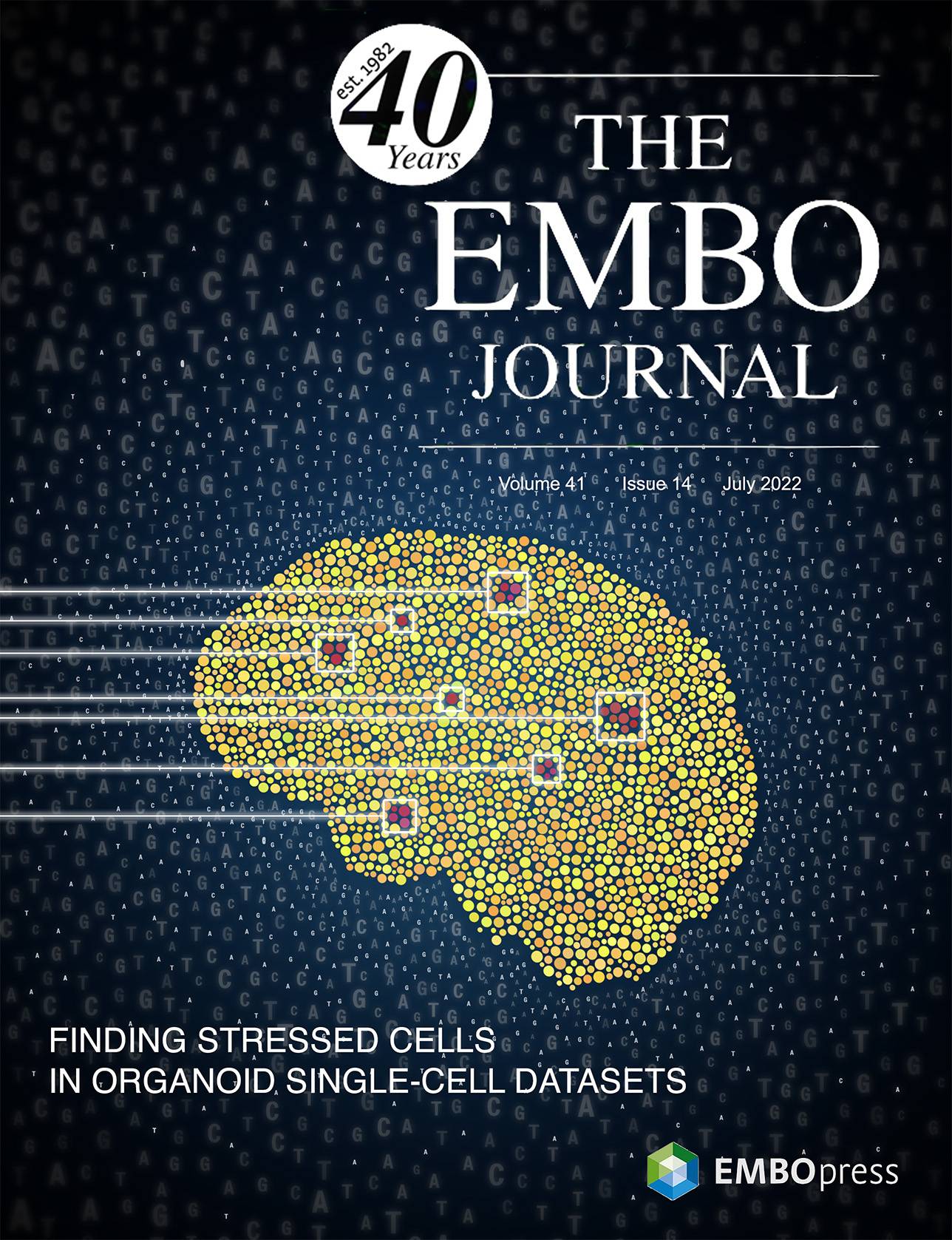Extracting stressed cells from brain organoid datasets
The Science
Organoids are lab-grown models that replicate complex body tissues and can be used to study how diseases develop. However, these models, especially brain organoids, often don’t get enough oxygen, causing cell stress that can interfere with their development.
By examining data from around 190,000 cells from brain organoids and comparing it to that from actual fetal cells, researchers discovered a distinct pattern of stress in organoid cells, which doesn’t appear in natural fetal samples. The stressed cells, which don’t seem to affect the growth of neuron cells, are specific to organoids.
Scientists in Jürgen Knoblich’s lab at IMBA Vienna created an algorithm called Gruffi to detect and remove these stressed cells from the data, making the organoid cells’ development easier to understand and more similar to real-life development.
This algorithm works across various organoid types, as demonstrated by its successful application to datasets from different organoid models and even early-stage brains, enhancing the quality of organoid-based research. Curious about the details? Check out the paper.
The Art
A cerebral silhouette, consisting of single cells, emerges from a cosmic backdrop filled with DNA letters, symbolizing the intricate world of genomic research.
It’s a visual allegory for the algorithm’s role in pinpointing and removing stressed cells from organoid single-cell datasets, which are identified in red.



